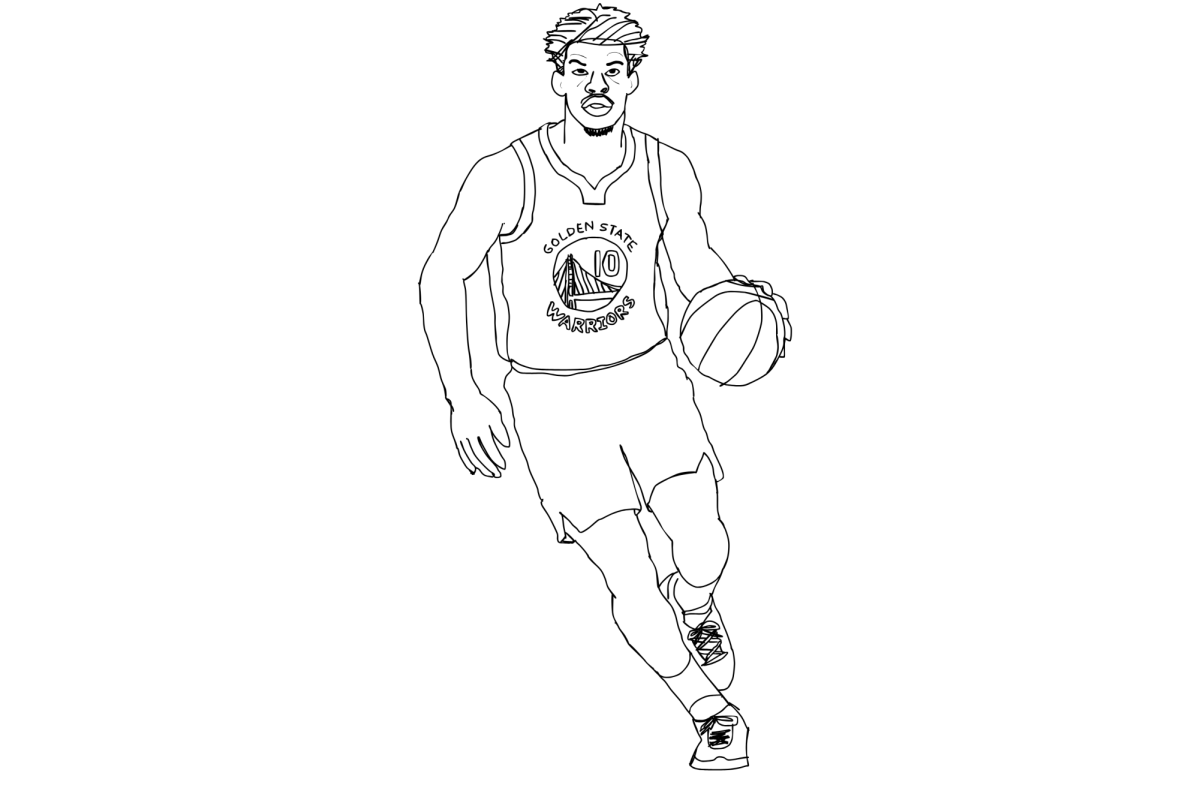In the wake of the 50th anniversary of the creation of the College of Ethnic Studies, many former strikers feel a lack of sustained support from current students and faculty.
The five-month-long student-led strike ended in the historical creation of the first College of Ethnic Studies in the U.S. The college has maintained its title to this day and has hosted several events commemorating the 50th anniversary of strike efforts.
Although current students and faculty now carry much of the legacy of Ethnic Studies, former strikers are at times unsatisfied with the support
and activity of the current department, especially in showing up to events to support the former strikers.
In an interview after the Third World Women’s Striker Panel on-campus event on Nov. 8, 2018, former striker Carmen Carrillo expressed confusion as to why both faculty and students were not there.
“Where are the professors?” Carrillo said. “I think all of us would be gratified if the professors were here.”
Carrillo expressed that, while chairs spoke at the reception of the 50th anniversary events, her and other strikers felt a lack of sincerity.
“Obviously there’s a disconnect,” Carrillo said. “It was kind of ceremonial, but didn’t feel genuine. We’re a little puzzled by that. Not just speaking for myself, we would like to see a closer connection.”
Carrillo felt that the disconnect between current Ethnic Studies and the former strikers and activists is detrimental to strikers’ understand-
ing of how the current department is carrying on their legacy.
“I think in general we would like to understand where Ethnic Studies is going a little better, meaning we don’t totally understand it,” said Carmen Carrillo. “Our view was to have a college of Third World Studies, which would be intricately involved with the community […] We’re not sure that’s happening.”
When talking about community, Carmen explains that she would like for the current Ethnic Studies department to go out into the Bay Area community to interact and learn from it, rather than waiting for the community to come to SF State.
Kristal Osorio, student in the Ethnic Studies department, agrees with Carrillo that there is little sense of community within the department, and within the departments relationship to the world outside of school.
“Students and faculty don’t really collaborate nowadays, in terms of you know, doing things for the college,” Osorio, a minor in the Ethnic Studies Department. “I feel like there’s a generational gap.”
Asian American Studies major Charlene Cayanan says she feels bad she neglected these events, but was never notified of them.
“I feel so bad that I didn’t know about this because I definitely think that it’s important to show fruits of their labor,” Cayanan said.
American Indian Studies professor Andrew Jolivette believes that the lack of attendance of these events is due to poor advertising. He also thinks people are too busy at times to make it to all the events.
“I don’t think the number of people is as important, as the message and the work that’s being done,” Jolivette said. “So I think just the fact that people are continuing to honor that legacy is what’s most important.”
Jolivette thinks an obstacle of this generational connection and continuation of a legacy is connecting the present times to the past history.
“I think apart of it is, how do we continue to have conversations about what’s history while centering what’s present?” asked Jolivette.
Although there has been a lack in event attendance of striker celebrations, students and faculty have tried to show support in other ways.
American Indian Studies assistant professor John-Carlos Perea says that this strike is an essential part of his life, as his parents, Jacob and Barbara Perea, both went to SF State during the 1968 strike, his father being an active participant in the strike.
Perea hopes to keep the legacy of Ethnic Studies going by holding space for open discussion.
“In a way, just showing up to class and keeping the space is, for me, part of the strike, because what were people out there for?” said Perea.
When Perea teaches, he uses the history of the strikers with a modern lens.
“In my classes, I try to teach in a way that reflects those elders that I came up with who were active in the strike,” Perea said. “I try to bring elements of them back in while also understanding that things have to change.”
Cayanan is trying to become a teacher and hopes to carry on her education by teaching through an ethnic studies lens to her future students.
“I’m trying to become a teacher so, teaching in an ethnic studies lense and never forgetting what the strikers have done and mentioning that wherever I go and the spaces I am in,” Cayanan said.
Perea also says he tries to publicize events by sending out flyers to students as well as assigning the events.
Cayanan believes faculty is improving in advertising events commemorating the strikers and the creation of the College of Ethnic Studies.
“I guess this year they’re doing a better job because there are more emails about events and I think a lot of Ethnic Studies professors are making it a requirement to go,” said Cayanan.
With more insight and word of mouth with what is going on around campus and within the department, the students and faculty hope to be
able to show how proud they are to carry on the legacy of the ex-strikers.
Carrillo hopes that greater student and faculty involvement and communication will aid to a greater legacy for the College of Ethnic Studies, where former strikers can help out if needed.
“It’s not that we want to tell them what to do, but we would like to know what they’re doing and if there’s anything we can do to support,” Carrillo said. “We feel like we have an investment in this. We laid our bodies on the tracks for this and so we care.”











